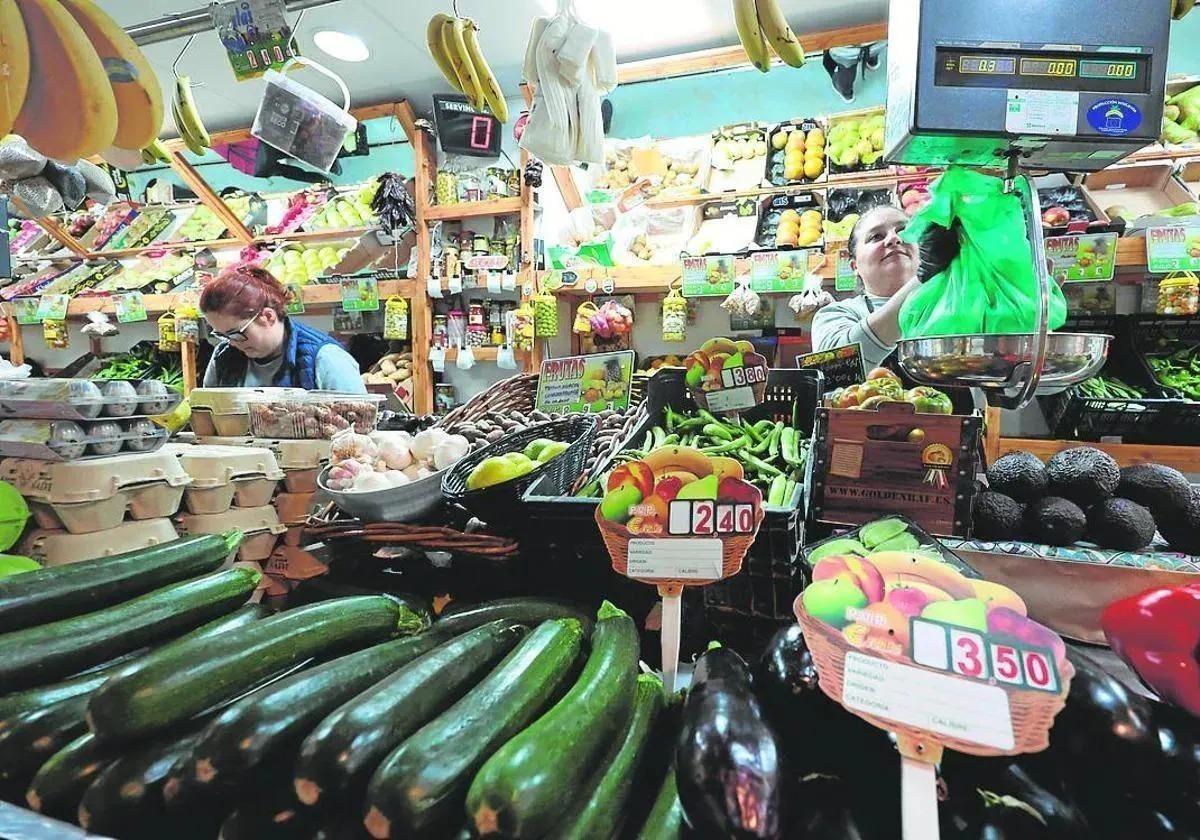Price rises continue unabated in Malaga making it the only province in Spain with a 3% increase
The price increases in hotels, restaurants and household supplies partly explains why the local inflation rate is eight tenths higher than the Spanish average
Malaga remains the Spanish province where prices have risen the most compared to the national average. New data was revealed today by Spain's INE national institute of statistics, according to which inflation in Malaga stood at 3.1% in March, which represents a relaxation of six tenths compared to February when it stood at 3.7%.
In March, Malaga was the only province in Spain where the CPI (consumer price index) was above 3%. In second place are Álava, Baleares, Castellón and Guipúzcoa, where the rate of increase in the cost of living was 2.9%.
In Spain, inflation in March stood at 2.3%, seven tenths lower than in February, when it was 3%. Last month, the Spanish CPI stood at its lowest level since October, when it reached 1.8%. Meanwhile, Malaga's 3.1% is the lowest level for inflation since November, when it stood at 2.8%.
Another conclusion that can be drawn from the contrast between the figures for Spain and Malaga is that prices in the province are rising by eight tenths more than in the country as a whole. This is the widest discrepancy since May 2023, when the gap was nine tenths and prices in Malaga increased at a rate of 4.1%, while the rise in the country as a whole was 3.2%.
The lowest inflation levels in the country are in Santa Cruz de Tenerife (1.4%), as well as in Pontevedra, Palencia, Murcia, Zamora, Ciudad Real, Toledo, Soria, Las Palmas, Ourense, Navarra and Lugo, with year-on-year price increases below 2%. In Andalucía, the lowest figure is that of Huelva (2%). The Andalusian average stood at 2.4% in March, very close to the Spanish average but seven tenths below the Malaga level.
In any case, there has been a significant moderation in the rate of price rises between February and March in both the province and the country. The INE attributes this to the fall in electricity prices recorded in recent weeks, the reduction in the cost of fuel and lubricants for personal vehicles, as well as the fall recorded in leisure and culture, mainly due to the relaxation of package tour prices.
But why are prices rising more in Malaga than in Spain as a whole? The reason is definitely not to be found in the grocery basket, as the price of it rises less in Malaga (1.3%) than in Spain as a whole (2.4%). However, clothing and footwear in the province rose by 6.1%, compared with a near-freeze on average in the country. In addition, housing-related expenses in Malaga rose by 9.9% compared to the 5.7% recorded at the national level. Restaurants and hotels also set higher prices in Malaga than in Spain as a whole, with 5.7% and 4.1%, respectively.
Malaga's association of economists frequently states that the province, which includes the Costa del Sol, is more resistant to moderation in inflation figures due to the fact that higher economic growth figures normally lead to a more aggressive upward trend in prices. Added to this is the existence of a very large floating population, which increases the demand for goods and services.

